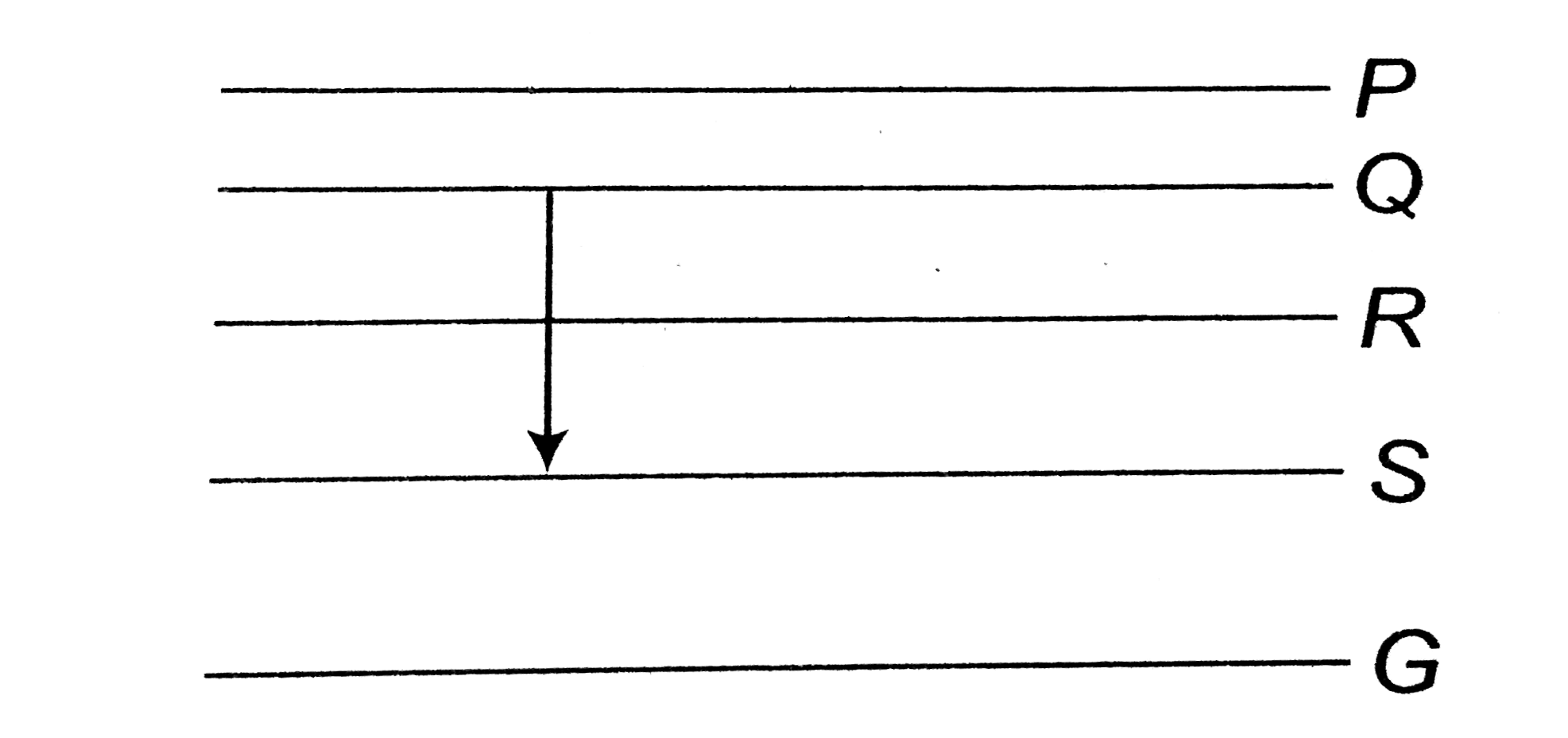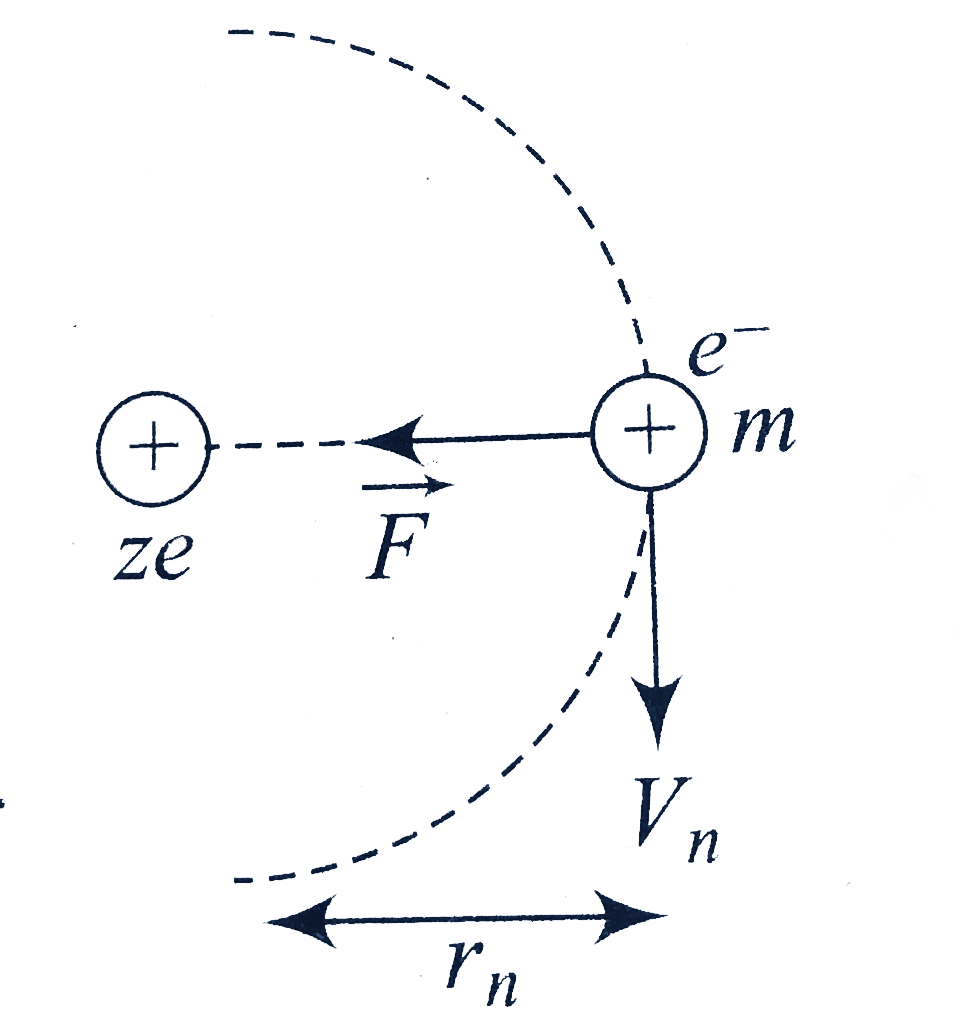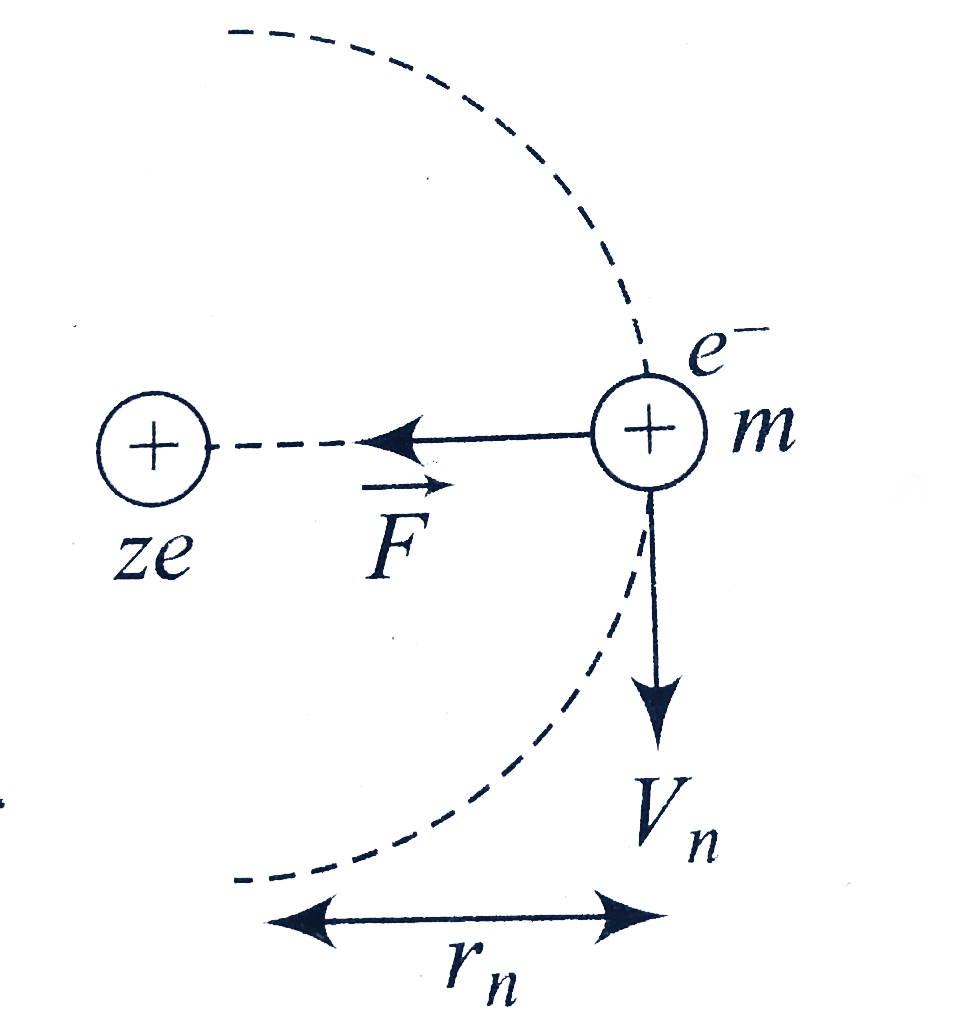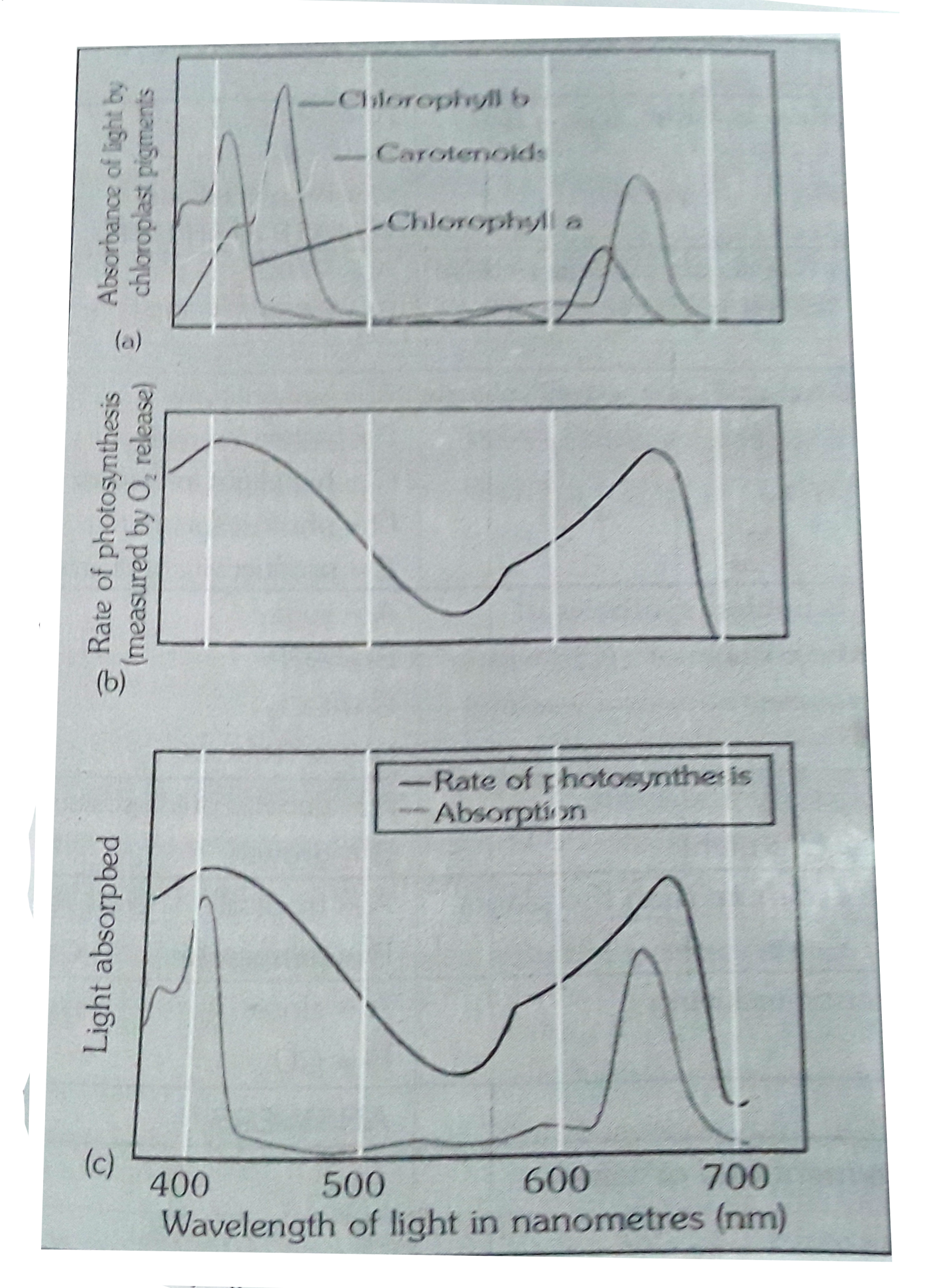A : Most of the photosyntheis takes place in the blue and red region of spectum.
R : Action spectrum shows the amount of energy of different wavelength of light absorbed by pigments.
If both Assertion % Reson ar true and the reason is the correct explanation of the asserition the mark (1)
If both Assertion % Reason are true but the reason, is not the correct explanation of the assertion ,then mark (2)
If Assetion is true statement but Reason is false , The mark (3)
If both Assertion and Reason are false statements, the mark (4)
The correct Answer is:C
To solve the assertion and reason question, we will analyze both statements step by step.
Step 1: Analyze the Assertion
The assertion states: "Most of the photosynthesis takes place in the blue and red region of the spectrum."
- Explanation: This statement is correct. Research, particularly by T.W. Engelmann, demonstrated that chlorophyll pigments in plants absorb light most effectively in the blue (around 430-450 nm) and red (around 640-680 nm) regions of the light spectrum. Engelmann's experiment with the green alga Cladophora showed that oxygen production (a byproduct of photosynthesis) was highest in these light regions, indicating that photosynthesis occurs most efficiently there.
Step 2: Analyze the Reason
The reason states: "Action spectrum shows the amount of energy of different wavelengths of light absorbed by pigments."
- Explanation: This statement is incorrect. The action spectrum actually represents the effectiveness of different wavelengths of light in driving the process of photosynthesis, not the amount of energy absorbed. It illustrates how well different wavelengths promote photosynthesis, which is different from simply measuring how much light is absorbed by pigments.
Step 3: Conclusion
Based on the analysis:
- The assertion is true.
- The reason is false.
Thus, the correct answer is that the assertion is true, but the reason is false.
Final Answer
The correct option is: Assertion (A) is true, Reason (R) is false.
---
The assertion states: "Most of the photosynthesis takes place in the blue and red region of the spectrum."
The reason states: "Action spectrum shows the amount of energy of different wavelengths of light absorbed by pigments."
Based on the analysis:
- The assertion is true.
- The reason is false.
The correct option is: Assertion (A) is true, Reason (R) is false.
Topper's Solved these Questions
- PHOTOSYNTHESIS IN HIGHER PLANTS BOOK - AAKASH INSTITUTE ENGLISHCHAPTER - PHOTOSYNTHESIS IN HIGHER PLANTS EXERCISE - Assignment(Section C)
60 Videos
- ORGANISMS AND POPULATIONS BOOK - AAKASH INSTITUTE ENGLISHCHAPTER - ORGANISMS AND POPULATIONS EXERCISE - ASSIGNMENT (SECTION-D) (Assertion-Reason Type Questions)
15 Videos
- PLANT GROWTH AND DEVELOPMENTBOOK - AAKASH INSTITUTE ENGLISHCHAPTER - PLANT GROWTH AND DEVELOPMENTEXERCISE - ASSIGNMENT (SECTION -D)
10 Videos
Similar Questions
Knowledge Check
Assertion: Red colour of rhodophyta is due to abundant formation of r-phycoerythrin.
Reason: r-Phycoerythrin is able to absorb blue green wavelength of light and reflect red colour.AIf both assertion and reason are true and reason is the correct explanation of assertion.Bif both assertion and reason are true but reason is not the correct explanation of assertionCif assertion is true but reason is false.Dif both assertion and reason are false.Study the following statements regarding chl a molecule.
(i) Molecular formula of chl a is C55H72O5N4Mg.
(ii) It is the primary photosynthetic pigment.
(iii) In pure state, it is red in colour and thus it absorbs more blue wavelength of light than the red wavelength.
(iv) It is soluble in water as well as pertroleum ether. Which of the above statements is/are not correctAi and iiiBiii and ivCii onlyDiv only
The only element in the hydrogen atom resides under ordinary condition on the first orbit .When energy is supplied the element move to hjgher energy ornbit depending on the lower of energy absioerbed .When this electron to may of the electron return to any of the lower orbits, it emit energy Lyman series is formed when the electron to the lowest orbit white Balmer series ids formed when the electron returns to the second orbit similar Paschen Brackett, and Pfund series are formed when electron return to the third fourth , and fifth arbit from highest energy orbits, respectively
Maximum number of liner produced is equal when as electron jumps from nth level to ground level is equal to n(n−1)2If teh electron comes back from the energy level having energy E2 to the energy level having energy E1 then the difference may be expresent in terms of energy of photon as E2−E1=ΔE,λ=hc/ΔE Since h and c are constants ΔE coresponding to definite energy , thus , each transition from one energy level to unother will produce a light of definite wavelem=ngth .This isd actually observed as a line in the spectrum of hydrogen atom Wave number of line is given by the formula ¯v=RZ2(1n21−1n212)Where R is a Rydherg constant
Its a single isolated atom, an electrons make transition from fifth excited state is second thern maximum number of different type of photon observed is
View SolutionFigure shows the enegry levels P,Q,R,S and G of an atom where G is the ground state. A red line in the emission spectrum of the atom can be obtaned by an energy level change from Q so S. A blue line can be obtained by following energy level change

View SolutionHydrogen is the simplest atom of nature. There is one proton in its nucleus and an electron moves around the nucleus in a circular orbit. According to Niels Bohr's, this electron moves in a stationary orbit, if emits no electromagnetic radiation. The angular momentum of the electron is quantized , i.e., mvr=(nh/2π), where m= mass of the electron , v=velocity of the electron in the orbit , r=radius of the orbit , and n=1,2,3.... When transition takes place from Kth orbit to Jth orbit, energy photon is emitted. If the wavelength of the emitted photon is λ.

we find that 1λ=R[1J2−1K2], where R is
Rydberg's constant.
On a different planet, the hydrogen atom's structure was somewhat different from ours. The angular momentum of electron was P=2n(h/2π). i.e., an even multiple of (h/2π).
Answer the following questions regarding the other planet based on above passage:
In our world, the ionization potential energy of a hydrogen atom is 13.6eV. On the other planet, this ionization potential energy will be
View SolutionHydrogen is the simplest atom of nature. There is one proton in its nucleus and an electron moves around the nucleus in a circular orbit. According to Niels Bohr's, this electron moves in a stationary orbit, if emits no electromagnetic radiation. The angular momentum of the electron is quantized , i.e., mvr=(nh/2π), where m= mass of the electron , v=velocity of the electron in the orbit , r=radius of the orbit , and n=1,2,3.... When transition takes place from Kth orbit to Jth orbit, energy photon is emitted. If the wavelength of the emitted photon is λ.

we find that 1λ=R[1J2−1K2], where R is
Rydberg's constant.
On a different planed, the hydrogen atom's structure was somewhat different from ours. The angular momentum of electron was P=2n(h/2π). i.e., an even multipal of (h/2π).
Answer the following questions regarding the other planet based on above passage:
In our world, the velocity of electron is v0 when the hydrogen atom is in the ground state on the other planet should be
View SolutionHydrogen is the simplest atom of nature. There is one proton in its nucleus and an electron moves around the nucleus in a circular orbit. According to Niels Bohr's, this electron moves in a stationary orbit, if emits no electromagnetic radiation. The angular momentum of the electron is quantized , i.e., mvr=(nh/2π), where m= mass of the electron , v=velocity of the electron in the orbit , r=radius of the orbit , and n=1,2,3.... When transition takes place from Kth orbit to Jth orbit, energy photon is emitted. If the wavelength of the emitted photon is λ.

we find that 1λ=R[1J2−1K2], where R is
Rydberg's constant.
On a different planed, the hydrogen atom's structure was somewhat different from ours. The angular momentum of electron was P=2n(h/2π). i.e., an even multipal of (h/2π).
Answer the following questions regarding the other planet based on above passage:
The minimum permissible radius of the orbit will be
View SolutionObserve the following graphs carefully and select the true or false statement regarding it:-

(i) Graph a indicates that at wavelength of blue and red color, chlorophyll a shows maximum absorption.
(ii) Graph b indicates that at wavelengths of blue and red color, plants shows maximum rate of photosynthesis.
(iii) Graph c indicates complete one to one overlap between the absorption spectrum of chlorophyll a and the action spectrum of photosynthesis.
View Solution
